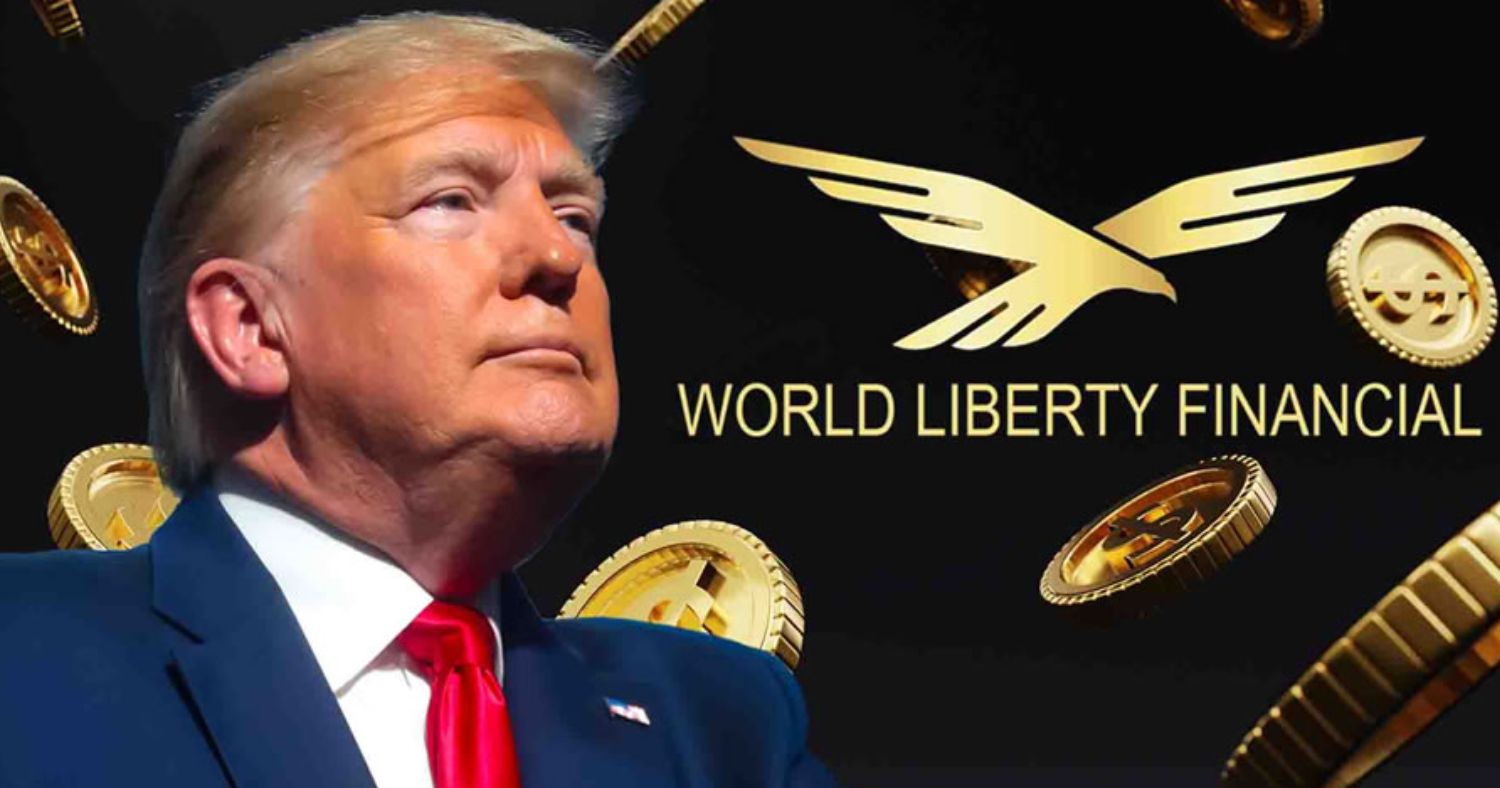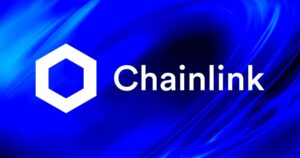World Liberty Financial (WLFI), a DeFi protocol with prominent political ties, has unveiled a 100% buyback and burn framework, signaling aggressive tokenomics and a push for broader utility in the marketplace.
The new strategy, approved by an overwhelming 99.84% of the WLFI community, redirects all treasury liquidity fees toward buying back and burning tokens—removing as many as 4.3 million WLFI from daily circulation. This systematic reduction, funded by a 0.125% fee on over $3.5 billion in daily trading volume, could slash supply by 10% in approximately 564 days, according to estimates.
🦅 Governance Update:
— WLFI (@worldlibertyfi) September 25, 2025
The community has voted to use 100% of WLFI Treasury Liquidity Fees for Buyback & Burn, passing with almost unanimous support.
The team will begin implementing this initiative this week, and all buybacks & burns will be transparently posted once conducted.
Stakeholders champion the initiative as a mechanism to strengthen long-term value, rewarding committed holders by drawing down tokens from less invested participants. Critics, however, remain cautious. Many maintain that burns alone cannot catalyze a lasting price rally and call for even larger supply cuts to meaningfully alter market dynamics.
WLFI’s leadership isn’t resting on tokenomics. At Korea Blockchain Week, co-founder Zak Folkman announced plans for a WLFI-linked debit card integrating World Liberty Financial USD (USD1) and Apple Pay, expanding the protocol’s reach beyond DeFi trading. This move is viewed as an attempt to drive genuine adoption and showcase real-world application for WLFI in fintech circles.
Despite the ambitious agenda, WLFI’s token has yet to rally, consolidating near $0.1920 as moving averages trend lower and market sentiment holds bearish. Investors remain watchful, balancing expectations for the buyback program against concerns about value creation and broader execution risks.
The combination of a high-impact burn policy and expanding product ecosystem signals a turning point for WLFI. Yet, sustainability and intrinsic value remain front-of-mind for institutional and retail holders alike, amplifying the scrutiny and discussion in crypto-finance forums.




